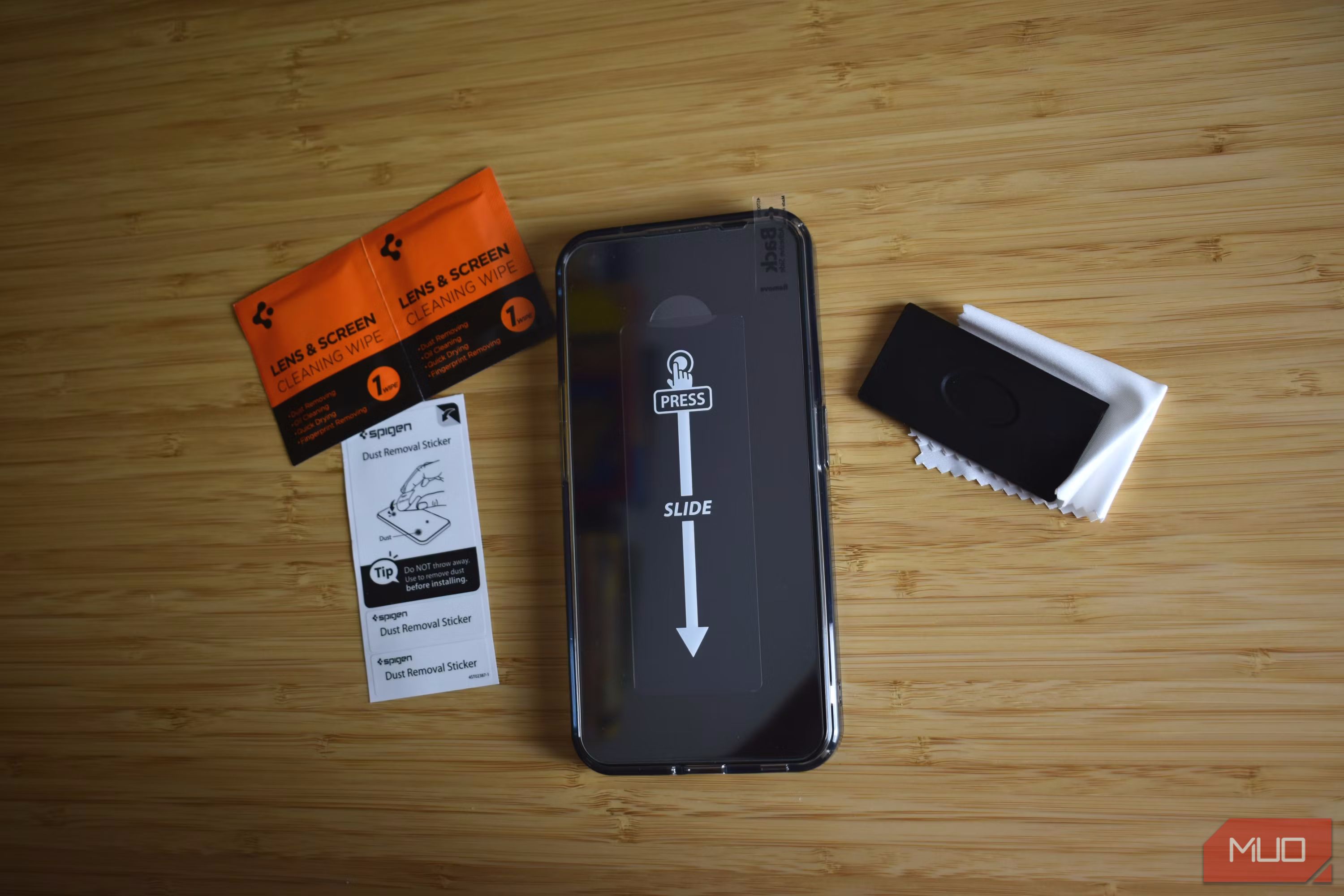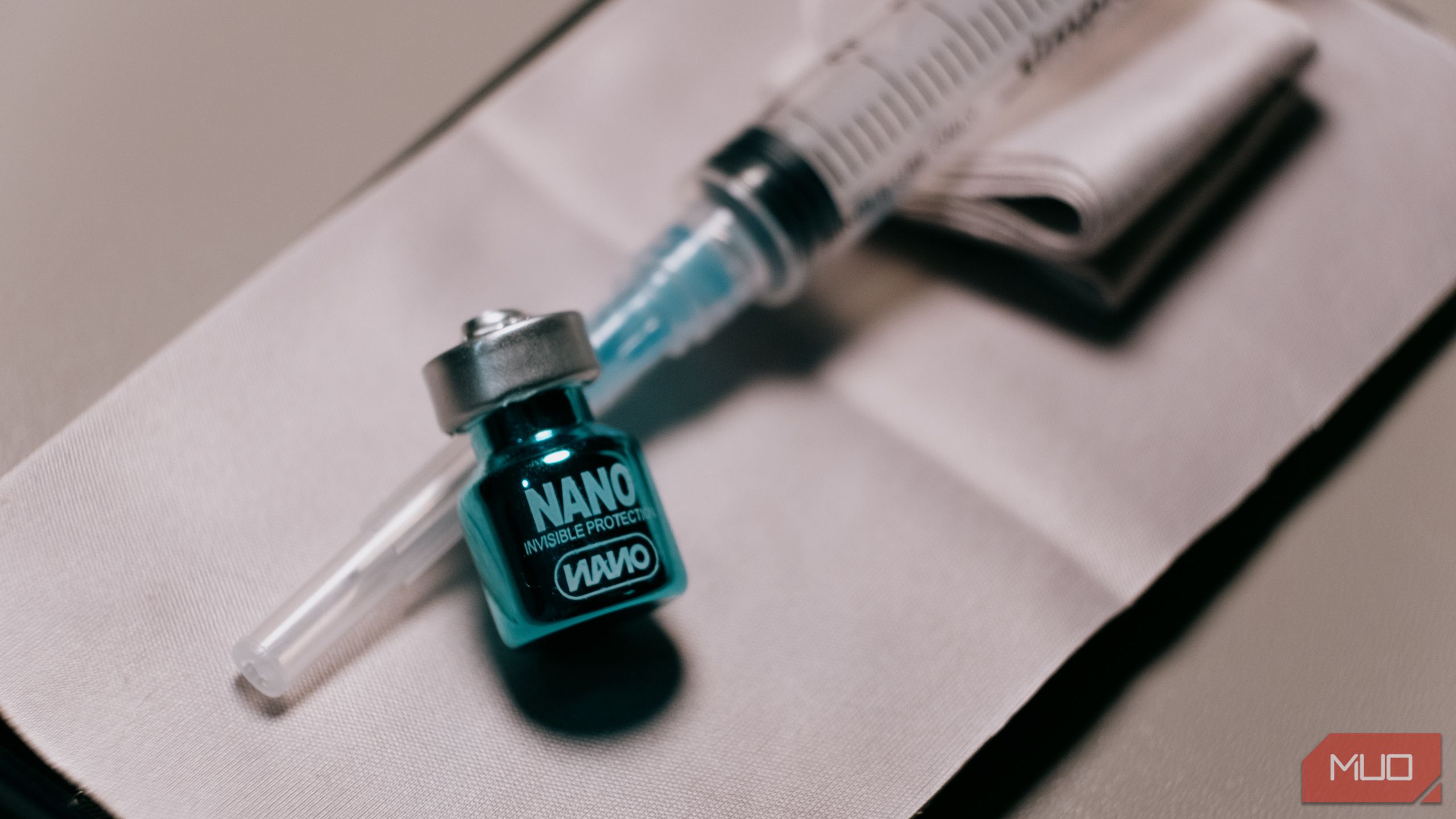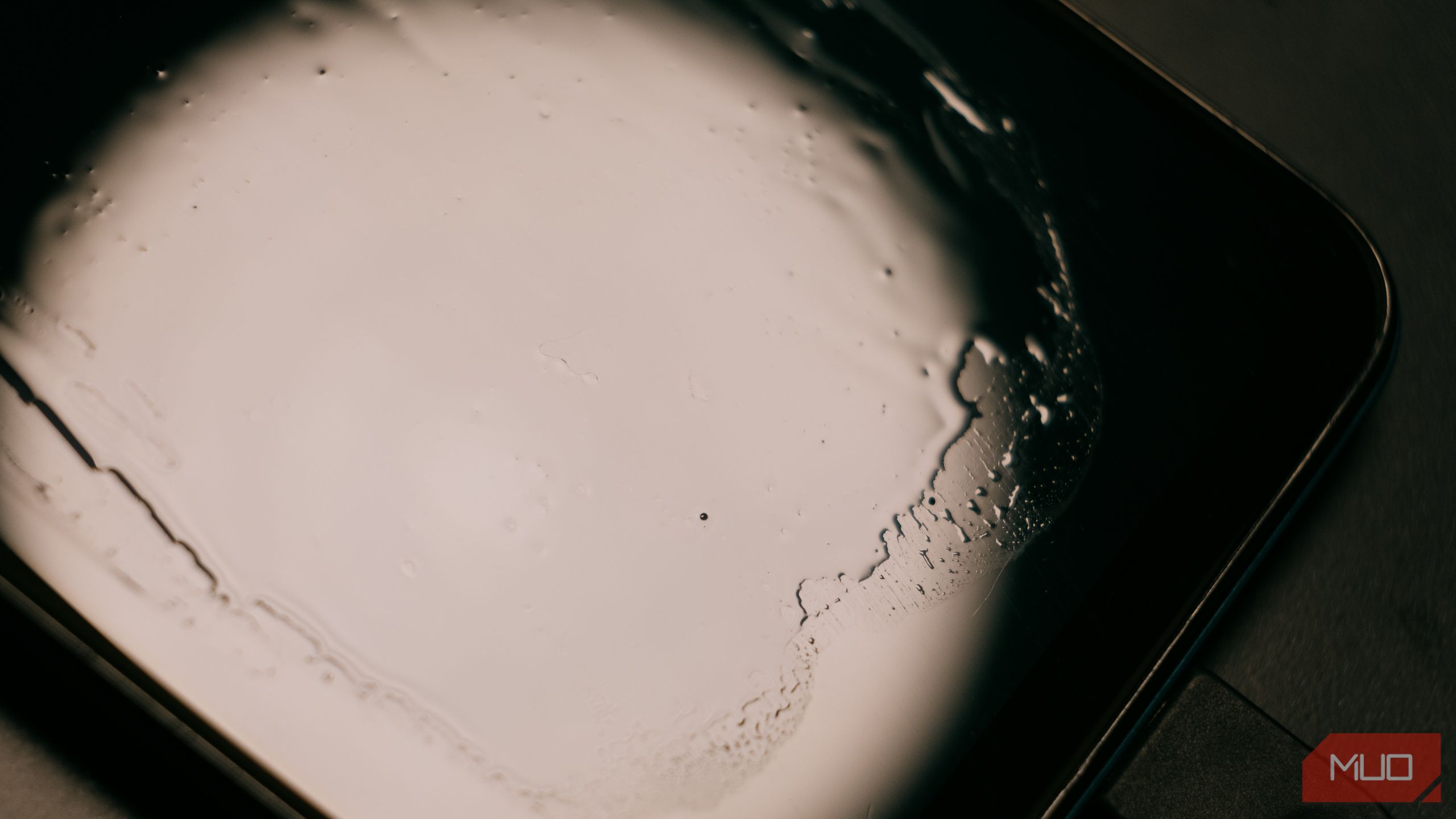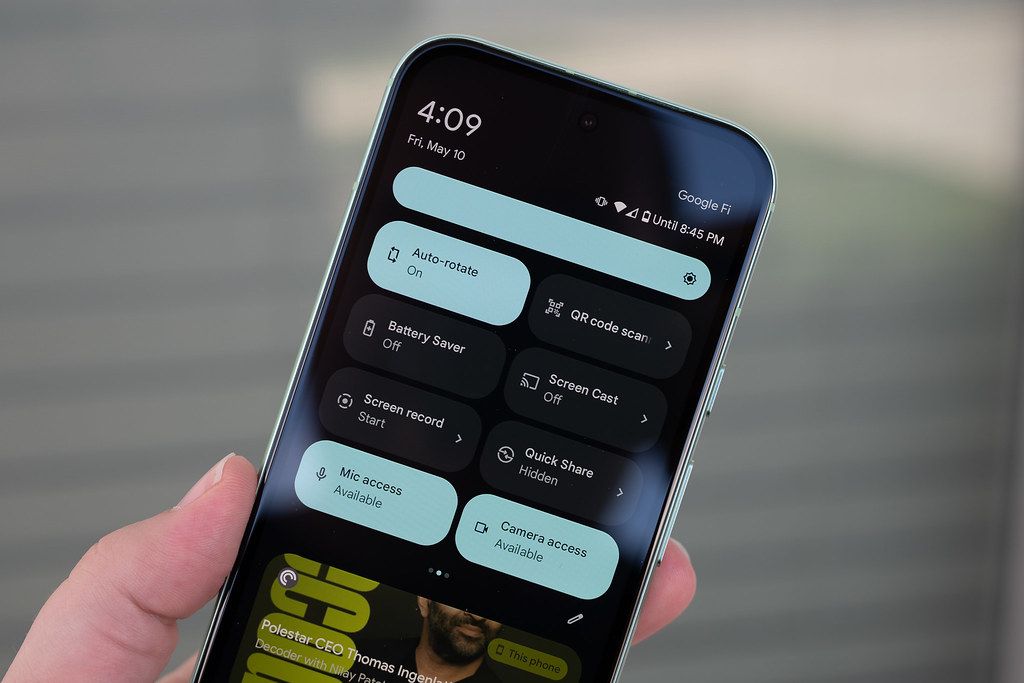A smeary smartphone screen covered in fingerprints and other muck is a common occurrence for many of us—but it doesn’t have to be that way. If you’re like me and you want a nice, clean smartphone, it’s time to try a ceramic smartphone coating.
What Is a Ceramic Smartphone Coating?
Protective hydrophobic and oleophobic coatings are used in various applications, particularly electronics, medical devices, industrial settings, and so on. Basically, if devices must remain clean and dry, hydrophobic and oleophobic coatings are a great idea. Now, many phones even come with a hydrophobic and oleophobic coating applied in the factory.
Most of the time, PFASs (Perfluoroalkyl Substances) are used to oleophobic coat phones. PFASs have been known to harm the environment and humans, but ceramic coatings are mostly silicon dioxide (SiO2). Silicon dioxide exists naturally in plants and on the Earth’s crust, and there is no evidence that it is harmful to ingest.
Ceramic coatings are used in many applications to protect surfaces from scratches and water adhesion, such as kitchen countertops, windows, sunglasses, and many more. Ceramic coating a phone doesn’t sound so crazy now, does it?
Was Ceramic Coating My Phone a Good Idea?
To test, I tested a ceramic coating made for automotive windshields against a tiny bottle of “Nano” oleophobic coating. I tested it on a glass screen protector with no oleophobic layer, covering half of the screen protector to compare. For a bonus test, I also put both of the coatings up against my partner’s iPad with a high-quality oleophobic glass screen protector, putting oil on all of them to see how oleophobic they all are.
I applied the coating using a latex glove and spreading it around. At some point, I also tried applying it with a fresh lens cleaner, which worked well for the ceramic coating. However, I ended up wasting a lot of the Nano oleophobic coating as it absorbed into the fabric and evaporated too quickly. Using a latex glove was better for the oleophobic coating, while the fabric worked well for the ceramic coating.
The results on the glass screen protector were night and day; the coated half makes the water bead up and roll off while the uncoated half keeps the water on its surface and creating sheets. The coated side was applied using the latex glove, and the excess was buffed a few minutes after coating.
The Nano oleophobic coating was quite finicky; it evaporated very quickly, and there was barely half of the advertised 2 mL per bottle. I eventually used the latex glove to apply it in a thick layer and left it for about 30 minutes. It worked well, showing hydrophobic properties, and fingerprints were much easier to clean. However, in the oil test I received some interesting results.
For the oil test, I wanted to test how well these DIY coatings would do against a more expensive oleophobic glass screen protector. I put the Nano oleophobic coated phone against the screen protector first, as in the video above. As you can see, the screen protector made the cooking oil bead up very quickly, while the oleophobic coating took much longer for it to bead up. It’s still oleophobic, but not as extreme.
The interesting result is the ceramic coating against the oleophobic coating. In the video above, the ceramic coating made the oil bead up much quicker than the oleophobic coating despite not advertising any oleophobicity. However, it also looks like the oleophobic coating performed much worse than when I put it up against the iPad—most likely because of the buffing process that removed much of the coating.
How Durable Is the Ceramic Coating?
I used my coated phone for about three weeks, then re-ran the oil test to see how the coating held up.
As you can see in the image above, it still retains some of its oleophobicity, but not as well as it used to. Oleophobicity is best retained around the least touched areas, like the very bottom or the very top. However, what matters most is not how well it makes oil bead up, it’s how easily you can clean off the fingerprints—and it definitely still is easy to clean. It also retains its hydrophobicity quite well.
The oil test is an extreme case, showing how well it repels a large amount of oil. However, finger oils are in much lower amounts, meaning the effect doesn’t have to be as strong to let it do its job. I don’t see this as a reason to reapply, and it might hold up for another two to three weeks. You could apply a few more layers and let it cure for a few hours for a more durable coating.
Should You Ceramic Coat Your Phone?
After the results, ceramic coating your phone doesn’t sound so impractical. If you’re anything like me and find screen protectors (glass or film) annoying, this could very well be a great alternative.
I used ceramic coating made for windshields, so it’s not made to resist scratches. However, buying a ceramic coating made to protect car paint will provide quite a bit more protection than the one I used. There are also liquid screen protectors for touchscreen devices made specifically to increase scratch resistance, such as the Liquid Glass Screen Protector.
The automotive paint and screen protectors have silicon dioxide as the main ingredient but differ in the formulation to make it stronger or coat more evenly. These coatings don’t just have to go on the screen, either. They can go on a glass back, the camera lens, and metal edges. If it can protect car paint from rock chips and harsh elements, it’ll certainly protect the phone you keep in your pocket or bag.
If you can’t get a hold of the proper oleophobic coatings or are afraid to apply it yourself, you can use an oleophobic screen protector or take your phone to a professional who can apply the coating. You can also choose a screen protector based on your needs, like a privacy screen protector, and then add an oleophobic coating over it so you don’t have to compromise on features.

Related
Do You Use a Screen Protector on Your Phone?
Some see screen protectors as an essential phone accessory, while others think they’re not necessary. Where do you fall? Do you have a screen protector on your current phone, and has your stance on them changed over the years?
I used to put a screen protector on my phone because I figured it was a wise idea, but I never drop my phone, so I stopped doing it a few phones ago. I don’t like the feeling of touching the screen with one as much as without, and I’ve never really scratched a screen.
I’m Probably Going to Ceramic Coat More of My Stuff
I’ve ordered oleophobic and scratch-resistant coatings that I’ll try on more of my tech stuff, especially the ones with touch screens and shiny surfaces that scratch easily. I already thought of coating my PC’s glass panel, my headphones’ shiny plastic, glass mouse feet, and so much more.
Many of us own tech items that we’d love to keep scratch-free and away from fingerprints as much as possible. Thankfully, the solution doesn’t have to be to buy a new product entirely, but as easy as modifying your stuff to how you want it.











Leave a Comment
Your email address will not be published. Required fields are marked *